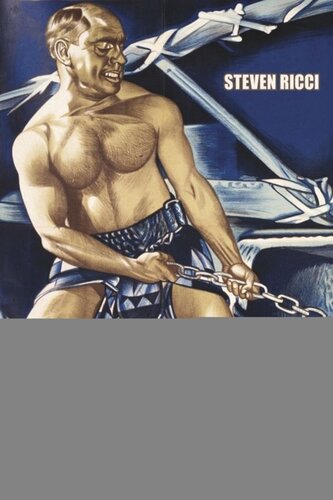

Most ebook files are in PDF format, so you can easily read them using various software such as Foxit Reader or directly on the Google Chrome browser.
Some ebook files are released by publishers in other formats such as .awz, .mobi, .epub, .fb2, etc. You may need to install specific software to read these formats on mobile/PC, such as Calibre.
Please read the tutorial at this link: https://ebookbell.com/faq
We offer FREE conversion to the popular formats you request; however, this may take some time. Therefore, right after payment, please email us, and we will try to provide the service as quickly as possible.
For some exceptional file formats or broken links (if any), please refrain from opening any disputes. Instead, email us first, and we will try to assist within a maximum of 6 hours.
EbookBell Team

4.1
90 reviewsThis study considers Italian filmmaking during the Fascist era and offers an original and revealing approach to the interwar years. Steven Ricci directly confronts a long-standing dilemma faced by cultural historians: while made during a period of totalitarian government, these films are neither propagandistic nor openly "Fascist." Instead, the Italian Fascist regime attempted to build ideological consensus by erasing markers of class and regional difference and by circulating terms for an imaginary national identity. Cinema and Fascism investigates the complex relationship between the totalitarian regime and Italian cinema. It looks at the films themselves, the industry, and the role of cinema in daily life, and offers new insights into this important but neglected period in cinema history.